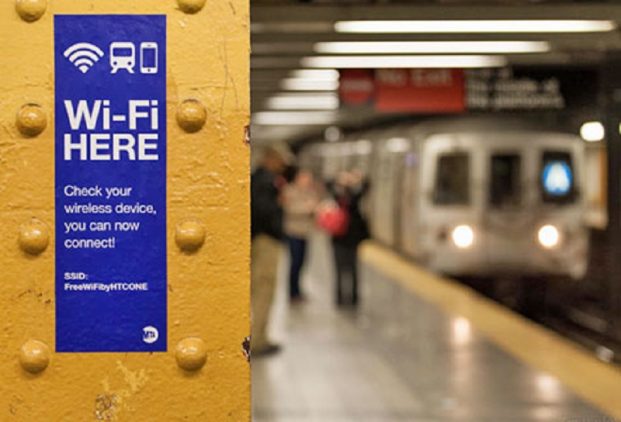The Wi-Fi Allance, an industry body made up of Apple, Microsoft, Qualcomm and other device makers, announced its plans to roll out new security enhancements in the next generation of Wi-Fi. It isn’t shocking news that WPA2 is seriously lacking in security. This has become more apparent in recent years, especially as Wi-Fi access expands from hipster cafes to public urban spaces and beyond. Fortunately the nearly two decades old WPA2 is being replaced by WPA3, a new security protocol that rolls out in devices later this year. Unfortunately, we still have to wait for the prehistoric WPA2 to get phased out.
WPA3 addresses user protection in ways that its predecessor did not. The Wi-Fi Alliance aims to provide enhanced security measures that will protect even the most vulnerable of users – those who use simple passwords. People connect to public networks a number of times in a day depending on where they are traveling. Although it can be risky business connecting to a public network, the temptation is all around us to get a few seconds of sweet, free internet.
WPA3 aims to make it more difficult for attackers to guess passwords through attacks and individual data encryption. Currently, public networks provide no encryption, making information on the network easy to intercept by any device on the network. Additionally, the WPA3 has a newer handshake to connect people to shared networks.
Wi-Fi security has been a hot topic after a security vulnerability in WPA2 was discovered that left devices vulnerable. Will this new protocol change things? Time will tell.
Source: Wi-Fi.org


